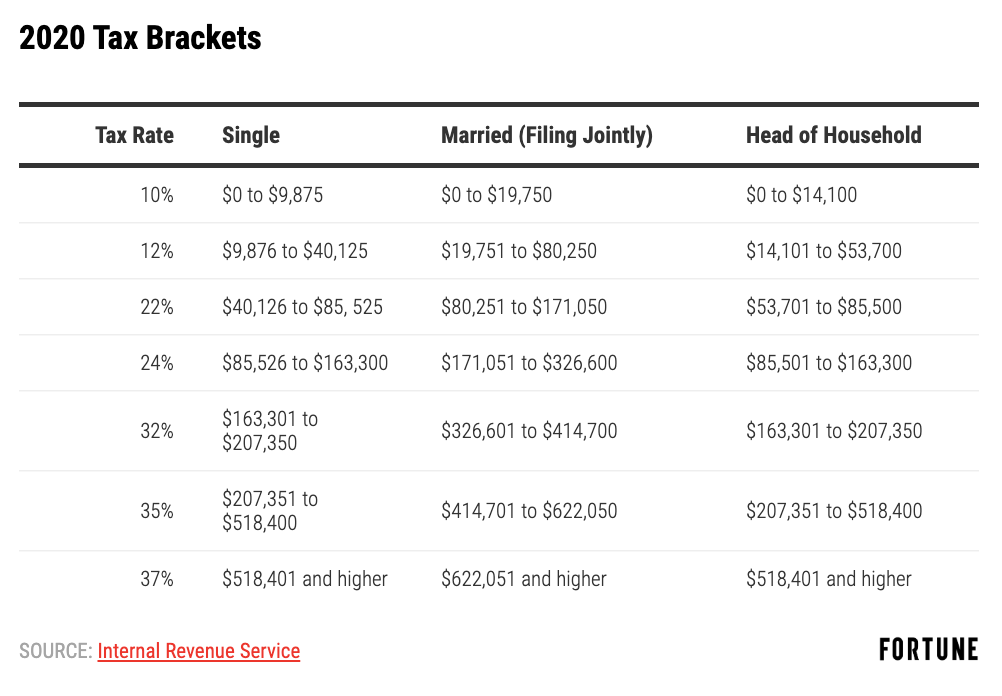As an airline pilot, you may be eligible to start drawing your Social Security as soon as you retire from the airlines, but should you? As with so many things in finance, it depends. Optimizing your social security benefit is complicated and it can be confusing trying to grasp all of the moving parts. Plus, what about…
✈︎ When is your government-defined Full Retirement Age?
✈︎ Will your spouse receive any benefits?
✈︎ Do you anticipate retirement income from other sources?
✈︎ And,… will Social Security even be around by the time I retire? (Spoiler alert: yes, we think it will.)
Kevin and Charlie discuss how the answers to these questions correlate and share their 3 RECOMMENDATIONS on how to decide when is right for you to begin your benefit.
We love hearing from you! Please don’t hesitate to call or email if we can help you, 865-240-2292.
Please remember that past performance may not be indicative of future results. Different types of investments involve varying degrees of risk and there can be no assurance that the future performance of any specific investment, investment strategy, or product made reference to directly or indirectly in this video will be profitable, equal any corresponding indicated historical performance level(s), or be suitable for your portfolio. Moreover, you should not assume that any information or any corresponding discussions serves as the receipt of, or as a substitute for, personalized investment advice from Leading Edge Financial Planning personnel. The opinions expressed are those of Leading Edge Financial Planning as of 02/10/2020 and are subject to change at any time due to the changes in market or economic conditions.
February 12, 2020















